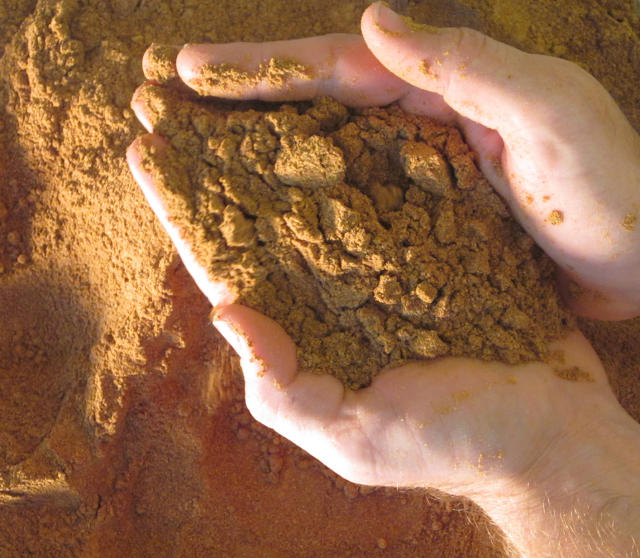For A more local weather-friendly Burger, perhaps We must Feed Cows Algae
the huge carbon footprint of beef comes mostly from the meals cows devour. but what if their culinary tastes acquired slightly greener?
August 6, 2015
red meat has the sort of massive carbon footprint that eating a variety of burgers can theoretically be worse for the surroundings than driving a automotive. however most of that impact comes from the meals grown for cows—and what cows devour could soon exchange.
A new find out about presentations that cattle might be able to begin eating algae as a substitute of their usual farmed grain. The algae meal, leftover when producers use algae biofuel, is on a regular basis burned—but it surely seems that cows suppose it is tasty.
“After the oil extraction process, the algae residue comprises some fats, fiber, and protein, all very important nutrients for cattle,” says Stephanie Hansen, an affiliate professor of “beef feedlot vitamin” at Iowa State college and one of the most authors of the study. “Cattle are well proper to digesting fibrous feedstuffs like the algae meal, making it an excellent ruminant feedstuff.”

Cows consume monumental portions of feed partly as a result of they digest food so inefficiently. pork normally takes 28 times more land to produce than pork or rooster. It also takes 11 occasions more water, and produces five occasions more local weather emissions than different meat. And though cow belches and manure account for a part of the pollution, lots of the drawback comes from the growing the grains cows consume and changing it into animal feed.
“The footprint of standard beef is sort of completely as a result of production of its feed,” says Gidon Eschel, who calculated the carbon footprint of various meats in a different learn about last yr. “So feed is the place it’s at.”
Algae, unlike something like corn, can be grown with little or no power, land, and water. The researchers are working with Solazyme, a company that uses sugar in fermentation tanks to develop algae for biofuel. “it can be an awfully low carbon course of,” says Jill Kaufmann Johnson, the corporate’s head of sustainability. “The feedstock of sugar cane occurs to be an awfully low impact carbon supply, and it can be rain-fed. And waste sugar cane powers the entire manufacturing process.” the entire course of also requires much much less land than one thing like corn or pasture.
Cows almost definitely can not swap utterly to consuming algae, but it may substitute a considerable component of other vegetation. in the study, probably the most cattle ate food that used to be virtually 1/2 microalgae. “The algae meal can be absolute best appropriate as a part of a complete weight loss plan for cattle, replacing a part of the corn or other feedstuffs usually used within the eating regimen,” Hansen says.
And with each chunk of corn that may be changed, the carbon footprint of pork can seemingly be diminished. Solazyme is finalizing a full lifecycle review now, so it’s not but possible to assert exactly how so much algae can help, however it’s safe to assert that omnivores may quickly be able to really feel rather less guilty about enjoying a burger.
The researchers are working on getting FDA approval and hope that farmers may be in a position begin feeding cows algae via 2016.
[cover picture: Flickr person Boudewijn Berends]
fast company , learn Full Story
(141)














